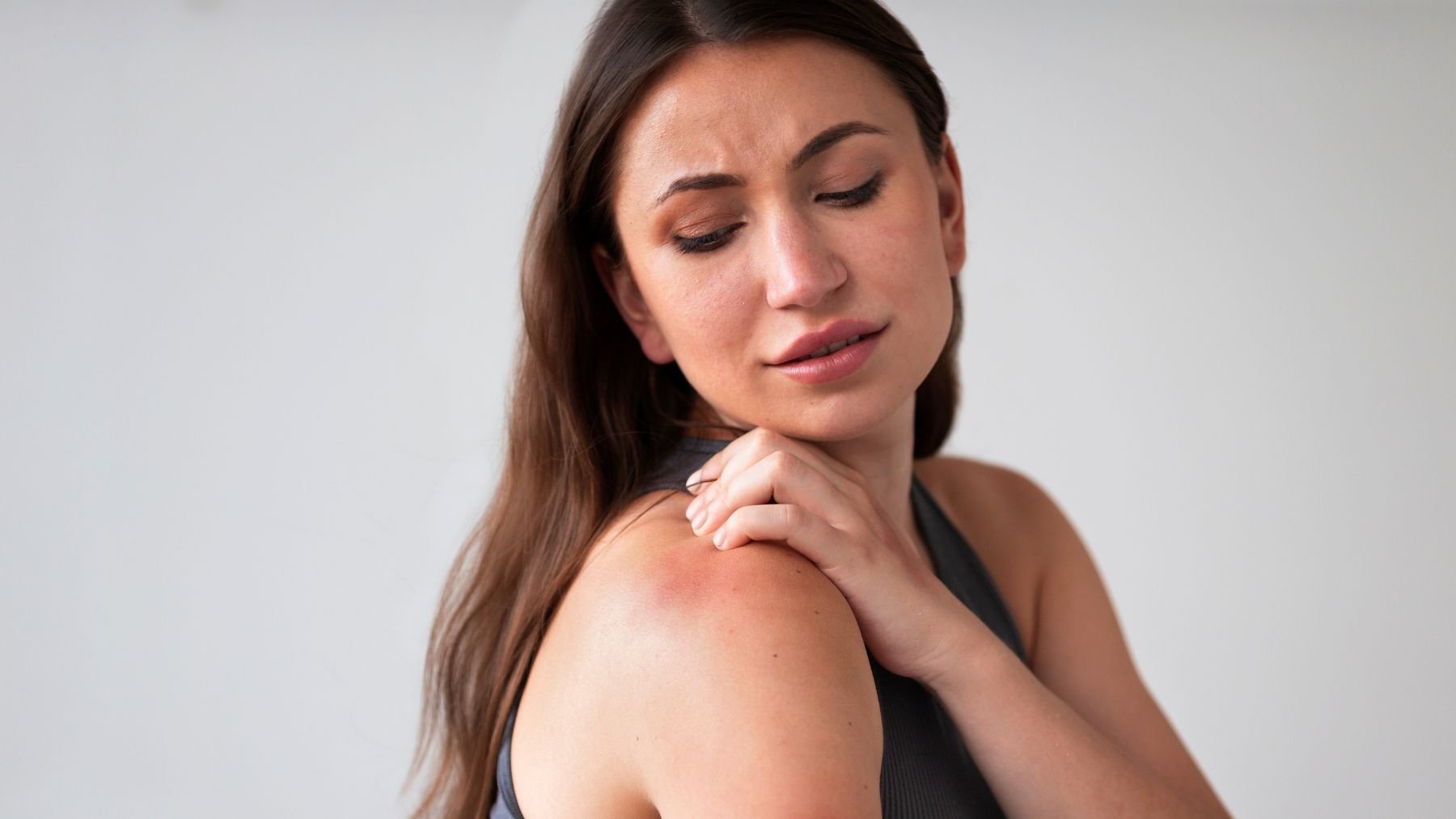It’s something most of us have heard since childhood: if you burn yourself, grab some ice. The colder, the better. It sounds logical, as heat meets cold, but according to doctors, this long-standing home remedy can actually make things worse.
Applying ice to a burn can damage your skin further, slowing healing instead of helping it. Experts say this is one of the most common and persistent health myths still circulating today. Let’s break down what really happens when you use ice on a burn, what you should do instead, and a few other everyday health claims that don’t hold up to science.
The myth about icing a burn
When you touch something hot—say, a pan handle or a splash of boiling water—the instinct to cool it down fast makes sense. As infectious disease physician Dr. Leong Hoe Nam explains, putting ice directly on a burn can cause additional harm. The extreme cold constricts blood vessels and can create a frostbite-like effect, damaging skin tissue that’s already injured.
Instead of soothing, ice can worsen pain and increase the risk of skin breakdown. The best first step after a minor burn is to run the area under cool (not cold) running water for several minutes. This helps reduce heat and inflammation safely without shocking the tissue.
After rinsing, gently pat the area dry and cover it with a clean, loose gauze to protect it from bacteria. Avoid thick ointments, butter, or toothpaste. Despite their reputation as quick fixes, these can trap heat and slow healing. Over-the-counter pain relievers can help with discomfort, but if the burn is large, blistered, or affects sensitive areas like the face or hands, it’s important to seek medical care.
Other health myths people still believe
The ice-on-burn myth isn’t the only bit of misinformation that’s been passed down through generations. Many old health “rules” sound convincing, but don’t hold up under scientific scrutiny.
- Public toilet seats spread disease. Sitting on a public toilet might feel risky, but your skin forms a strong barrier against germs. You’re far more likely to pick up bacteria from door handles or sink taps. Handwashing is the real protection here.
- Microwaves destroy nutrients in food. Cooking always changes nutrient levels, but microwaving actually helps retain more vitamins and minerals than boiling or frying. Shorter cooking times and less water mean fewer nutrients lost.
- Sleeping with wet hair makes you sick. Colds come from viruses, not damp hair. Going to bed with wet hair might make you uncomfortable or irritate your scalp, but it won’t give you a cold unless you’re already exposed to a virus.
- Cracking your knuckles causes arthritis. That popping sound is just gas bubbles releasing inside the joint. Unless you feel pain or swelling, cracking your knuckles won’t harm your joints or cause arthritis.
- Chocolate causes acne. There’s no solid evidence linking chocolate to breakouts. Skin health depends more on overall diet, hormones, and hygiene than on an occasional sweet treat.
Many of these myths persist because they sound reasonable or have been repeated for decades. This misinformation can lead people to ignore effective treatments—or worse, do something that harms them.
